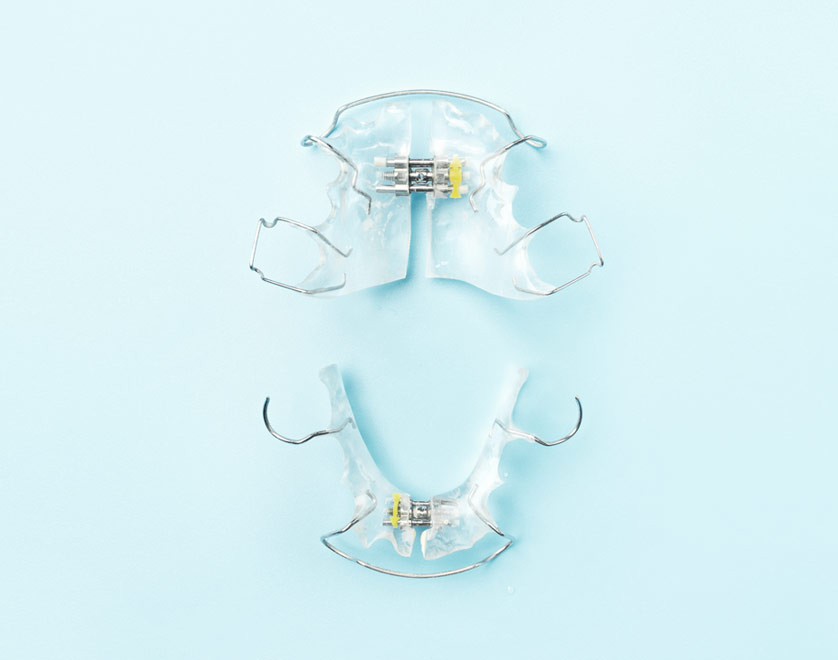Expansive orthodontics are custom-made appliances designed to widen the upper jaw, also known as the maxilla, by applying gentle pressure on the palate.
It targets the palatal suture, a soft connective tissue seam that joins the two halves of the upper jaw. With the right amount of force, this device stimulates the palatal suture to stretch, resulting in new bone growth and a more spacious upper jaw.
Corrects Crossbites
One of the main goals of a palatal expander is to correct crossbites, a misalignment that occurs when the upper teeth fit inside the lower teeth instead of over them. This discrepancy can lead to uneven wearing of the tooth enamel and interfere with proper mouth function. By widening the upper jaw, a palatal expander realigns the teeth to create a healthier bite.
Creates Space for Crowded Teeth
Overcrowding can cause discomfort, difficulty in teeth cleaning, and increased risk of tooth decay and gum disease. A palatal expander effectively creates more room in the upper jaw, facilitating the proper positioning of the teeth. This added space not only improves oral hygiene but also makes way for braces or other orthodontic treatments to enhance alignment.
Prevents Future Orthodontic Issues
Addressing dental issues during the early years can prevent more significant problems in the future. With the strategic use of expansive orthodontics before the jawbone fully matures, issues like poor jaw development, teeth crowding, and improper bites can be corrected more effectively. This proactive approach means fewer complications and expenses down the line.
Enhancing Breathing through Palatal Expansion
Palatal expansion is a powerful technique that can significantly improve breathing by addressing underlying issues related to the nasal airway. By gently widening the upper arch of the mouth, this procedure creates more space for the nasal passages, allowing for improved airflow and enhanced oxygen intake. As a result, individuals who undergo palatal expansion may experience reduced nasal congestion, alleviate snoring, and improved overall breathing efficiency. This non-invasive approach offers promising benefits for those seeking to optimize their respiratory function and enjoy better sleep quality.
